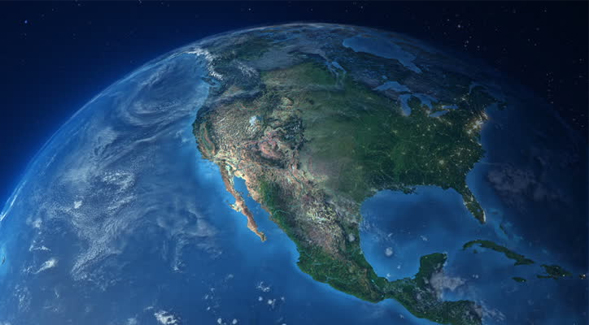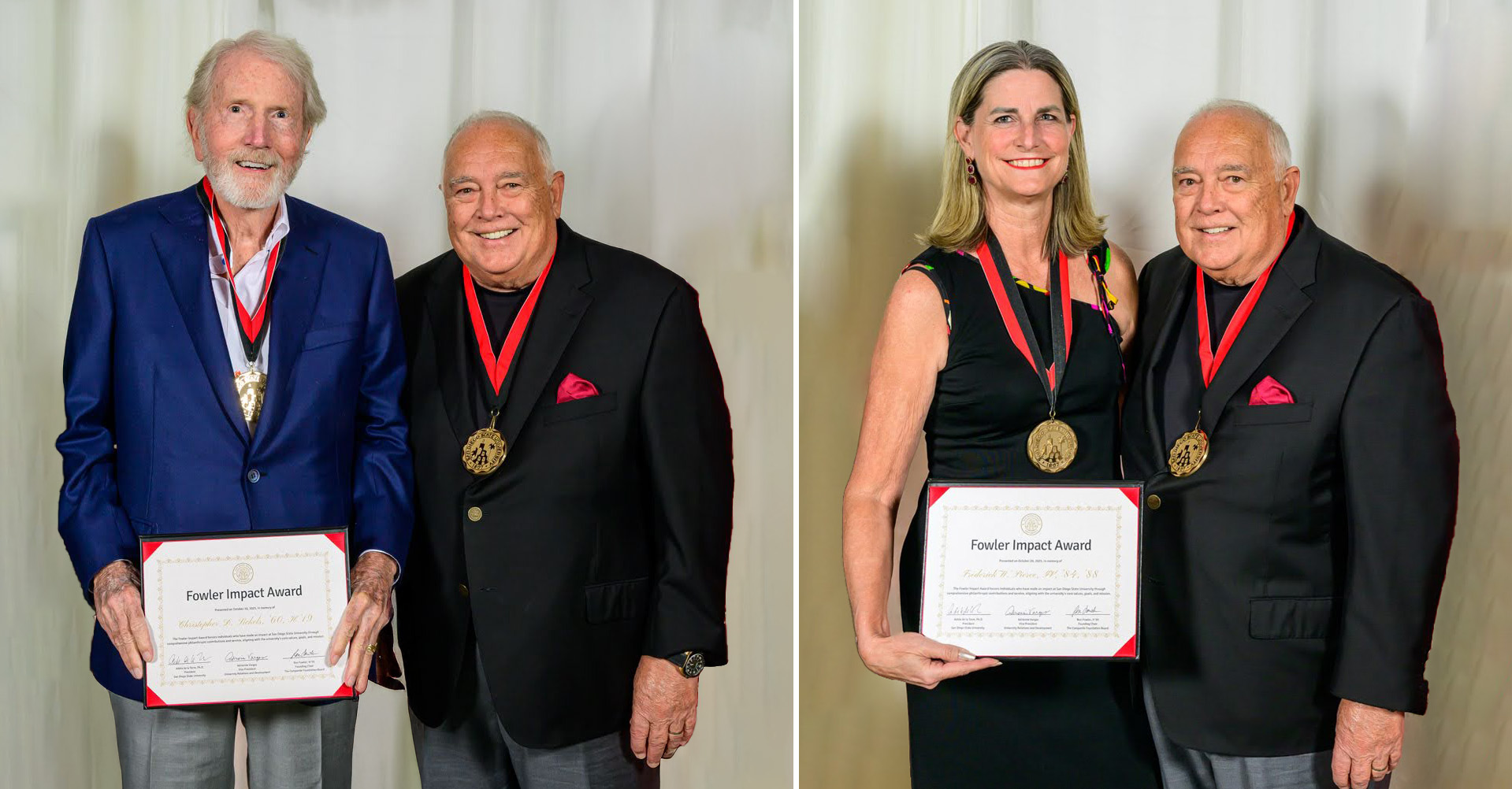Who Were the First Americans?
SDSU archaeologist Todd Braje urges researchers asking this question to be more scientifically rigorous.

How and when humans first crossed over from the eastern tip of Asia to the North American continent via the Bering land bridge is a hotly debated topic within anthropology and archaeology. Most researchers throughout the 20th century thought they had the answer: A group of humans known as the Clovis people entered North America through what is today Alaska about 13,500 years ago and headed south into the continent’s central plains, eventually spreading throughout the New World.“We were too rigid when we were stuck in the Clovis-first mindset, but now we’re too open.”
Then in the 1980s and ‘90s, archaeological evidence began accumulating to suggest, in fact, at least 500 to 1,000 years before Clovis arrived, an earlier wave or waves of people traveled down the coasts of North and South America, living a maritime existence. But the fall of the “Clovis-first” hypothesis has opened the floodgates to wild, sometimes outlandish new theories about how and when humans populated the Americas, argues San Diego State University archaeologist Todd Braje in a recent perspective piece in Science.
Some claim that early humans or hominins occupied California as early as 130,000 years ago based on supposed stone tool marks cut into fossil mastodon bones found in San Diego. Others are more modest, pushing back the colonization time to between 50,000 and 25,000 years ago. But all of these suggestions are at odds with the preponderance of archaeological, ecological and genomic evidence, Braje said.
“We were too rigid when we were stuck in the Clovis-first mindset, but now we’re too open,” he said. “Pandora’s Box has opened and it’s almost like anything goes. These are spectacular claims of great antiquity, but they are not backed by extraordinary evidence.”
It’s natural for the pendulum to swing this way: For decades, leading archaeologists refused to acknowledge new sites and evidence that didn’t fit the Clovis-first paradigm. Sites like Triquet Island off Canada’s British Columbian coast and Oregon’s Paisley Caves are today considered incontrovertible examples of pre-Clovis colonization, but they sparked disbelief when they were first described as such.
The same revolutionary impulse that successfully challenged the Clovis-first paradigm is driving new claims of even earlier antiquity—but revolutionaries must also be rigorous and scientific in their approach, Braje said.
With his team of colleagues and students at SDSU, he is hoping to set a good example. Braje is leading a series of expeditions along the California and Oregon coasts in search of underwater geography that might have made for good human habitats between 14,500 and 20,000 years ago during a period known as the Last Glacial Maximum, when sea levels were much lower. In another related project, he is exploring the Channel Islands of California for evidence of ancient settlements.
Findings from his own work and others in the fields of archaeology, genetics and linguistics are all starting to converge on the idea that there were several separate migrations across or along the Bering land bridge—and possibly even back and forth between Asia and North America. It’s the beginning of a new chapter in understanding the peopling of the Americas, and Braje wants his colleagues to avoid repeating mistakes of the past when writing it.
Being open to new ideas while still requiring extraordinary evidence to prove them is “a delicate balance,” he said. “We must constantly re-evaluate our lenses for how we view the world.”


